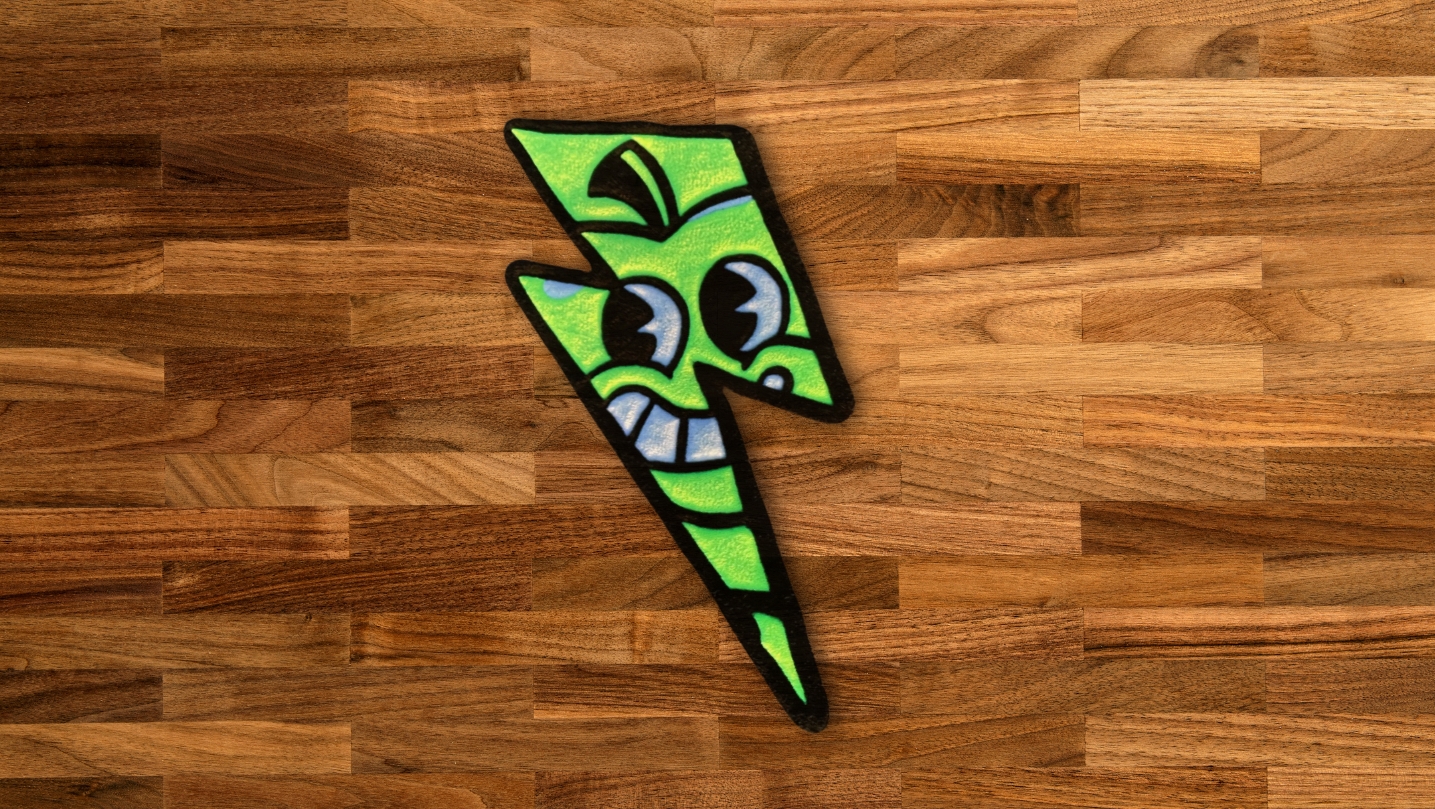We use cookies to ensure a comfortable browsing experience on our website and to continuously improve its features, performance, and usability through traffic analysis. Learn more.
Have you ever wondered if rug tufting is as easy as it looks? This popular craft has taken the DIY world by storm, but is it really beginner-friendly? In this guide, we’ll explore what rug tufting involves, the challenges you might face, and tips to make your first project a success. Keep reading to find out if rug tufting is the right creative hobby for you.

Short answer:
Yes, rug tufting is quite easy to learn. With basic tools like a tufting gun and a little practice, most people can pick up the technique in just a few hours.
While it may take time to perfect even stitches and handle the gun smoothly, the process itself is straightforward and forgiving. Starting with a simple design makes the learning experience even easier.
What is rug tufting?
Rug tufting is a process where you use a tool, often called a tufting gun, to punch loops of yarn through a stretched fabric.
This fabric is typically mounted on a wooden or metal frame to keep it taut while you work. The tufting gun makes it much faster and easier to create a rug compared to traditional hand-knotting methods. (Read more.)
You’ll need a few essential supplies:
- Tufting gun: This is the main tool, and it comes in two types - cut pile and loop pile. Beginners usually start with a cut pile gun for its soft, plush finish.
- Tufting cloth: A strong fabric like monk’s cloth or primary tufting fabric.
- Frame: This holds the fabric in place while you work. You can build one yourself or buy a pre-made frame.
- Yarn: Wool or acrylic yarns work best. Choose colors and textures that suit your design.
- Backing and glue: Once the rug is complete, you’ll need backing fabric and adhesive to secure the yarn in place.
Here are some challenges you might face as a beginner:
- Learning to handle the gun: The tufting gun can feel a bit heavy or awkward at first. It takes practice to move it smoothly across the fabric.
- Keeping tension in the fabric: The fabric must stay tight on the frame. If it’s too loose, your yarn won’t hold properly.
- Getting even stitches: Consistency is key to making your rug look professional. Uneven yarn loops can make the design appear messy.
Despite these initial hurdles, it is not so hard to tuft a rug, in fact it is much faster and easier than traditional rug-making methods.
Step-by-step guide to rug tufting
If you’re ready to start tufting, here’s a simple process to follow:
1. Set up your frame
Secure the tufting cloth tightly on the frame using staples or clamps. The cloth should be taut, like a drum, to ensure the yarn stays in place.
2. Prepare your design
Sketch your design directly onto the fabric with a marker or chalk. Keep it simple if you’re a beginner - geometric shapes or abstract patterns work well.
3. Load the tufting gun
Thread your yarn through the tufting gun according to the instructions. Test it on a scrap piece of fabric to make sure it’s working properly.
4. Start tufting
Hold the gun steady and work from the back of the fabric. Move slowly and evenly, following the lines of your design. If you make a mistake, you can remove the yarn and try again.
5. Finish the rug
Once you’ve completed the design, apply glue to the back of the rug to secure the yarn. Let it dry, then cut the rug off the frame. Trim any excess yarn and attach a backing fabric to complete the piece.
_2.jpg)
Common mistakes and how to avoid them
Even though rug tufting is more or less easy to learn, beginners often make a few common mistakes. Here’s how to avoid them:
- Uneven tension: Make sure the cloth is stretched evenly across the frame. Check it regularly as you work
- Rushing the process: Take your time to avoid uneven stitches or mistakes.
- Using the wrong yarn: Choose a strong, durable yarn. Thin or weak yarns can break or pull out of the fabric.
- Skipping practice: Before starting your project, practice with the tufting gun on a small piece of fabric.
Tips for success
1. Start small
Instead of diving into a large rug, begin with a smaller project, like a cushion cover or a wall hanging.
2. Choose simple designs
Stick to basic patterns with a few colors. As you gain confidence, you can experiment with more detailed designs.
3. Invest in quality tools
A good tufting gun (like our favorite model AK-V) and sturdy frame can make the process much smoother.
4. Watch tutorials
Online videos and tutorials are great for learning techniques and troubleshooting common issues.
Why try rug tufting?
Rug tufting is not just a practical skill; it’s also a fun and creative outlet. It allows you to personalize your space with custom rugs that reflect your style. Plus, it’s a satisfying craft that produces impressive results quickly.
So, is rug tufting easy to learn? The answer is yes, with a bit of patience and practice. Most beginners can master the basics in just a few hours. With the right tools and a simple design, you’ll be creating your first rug in moments. Mistakes might happen, but they’re easy to fix as you learn.
Rug tufting is not only accessible but also a rewarding way to express your creativity. Whether you’re looking for a fun hobby or a way to personalize your space, rug tufting is worth trying. Give it a go and see what you can create!
